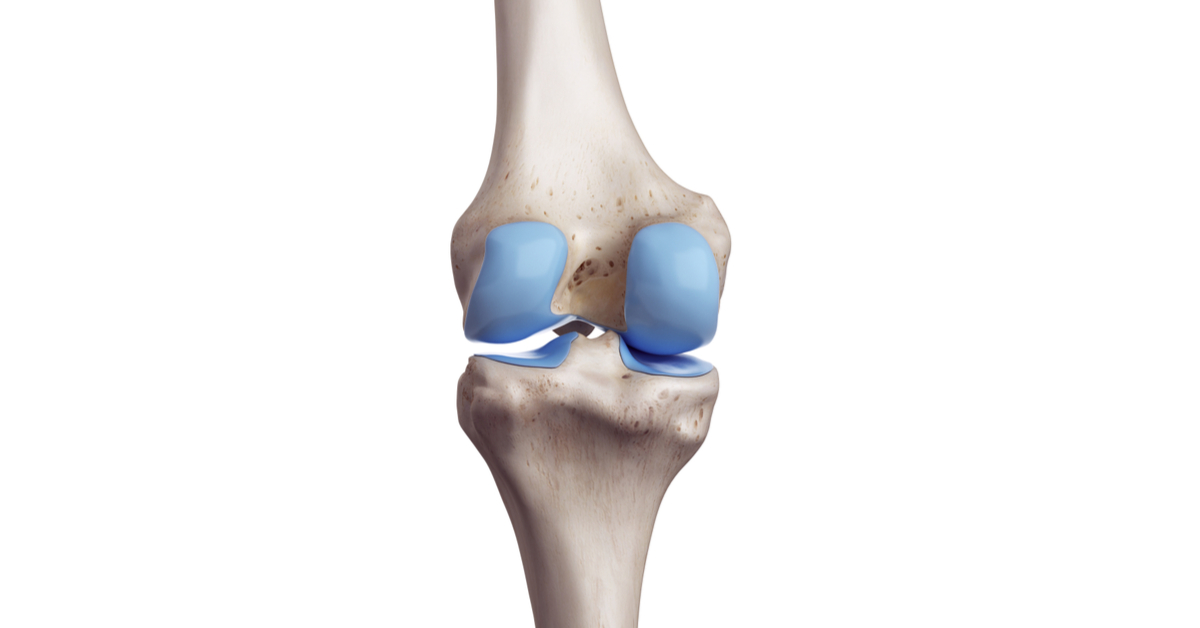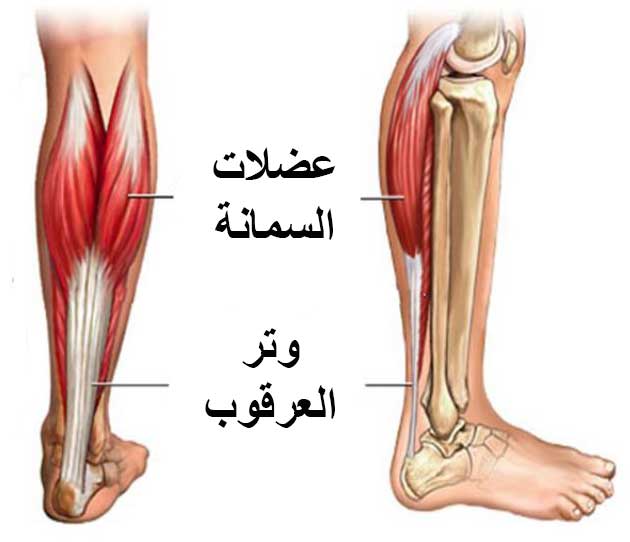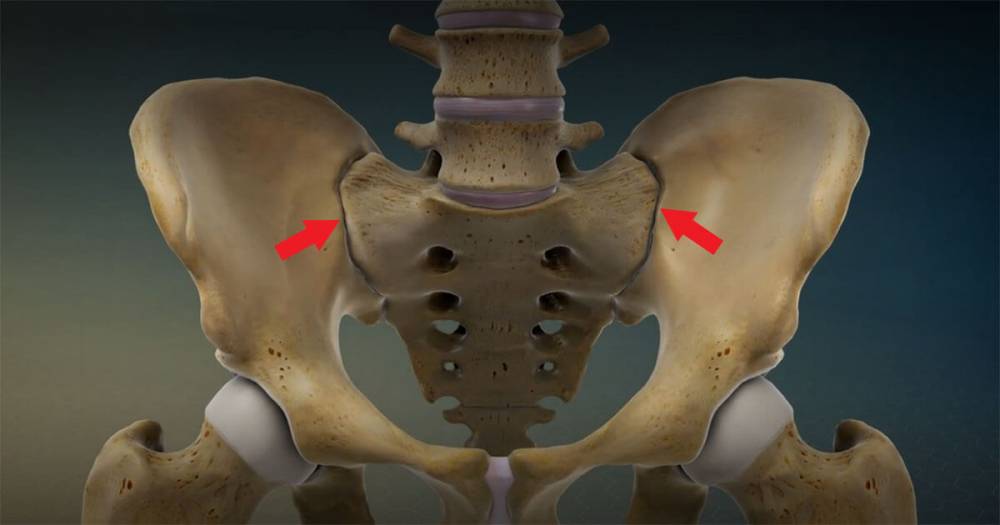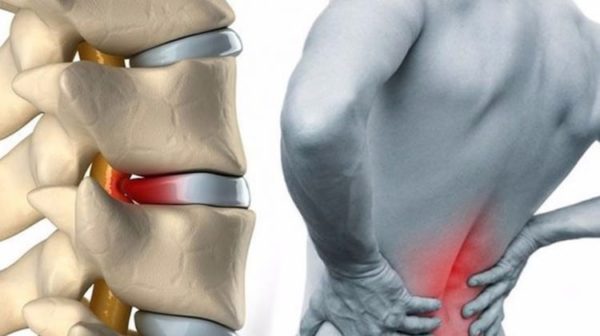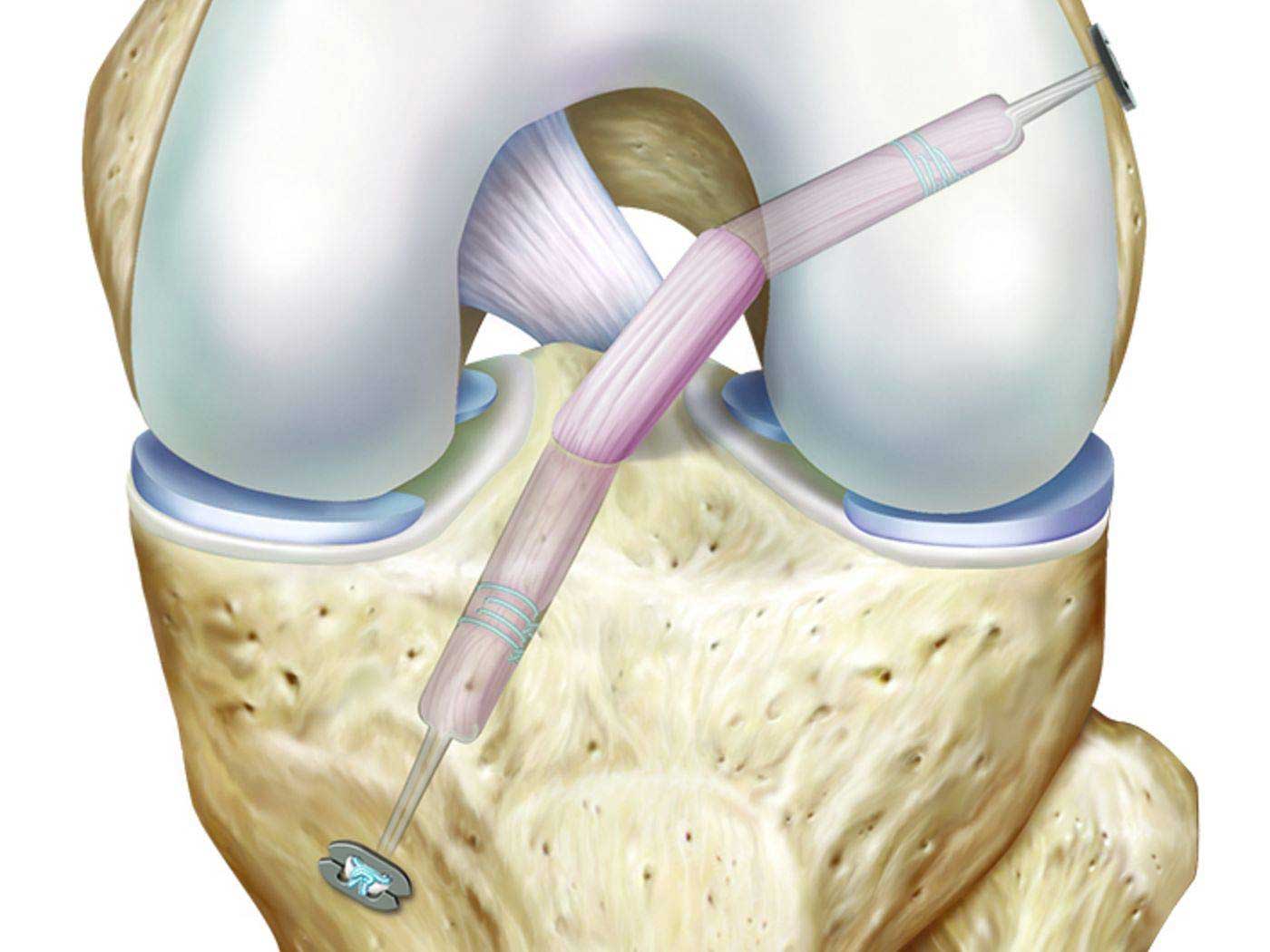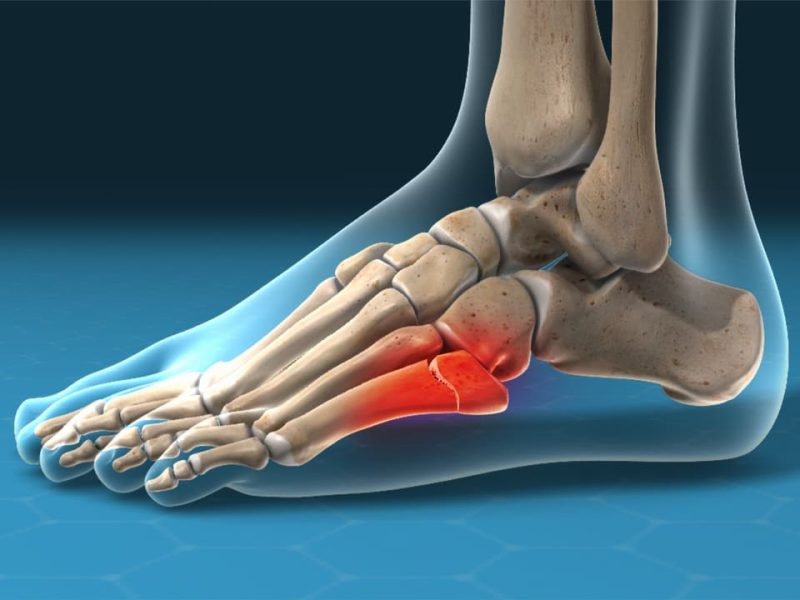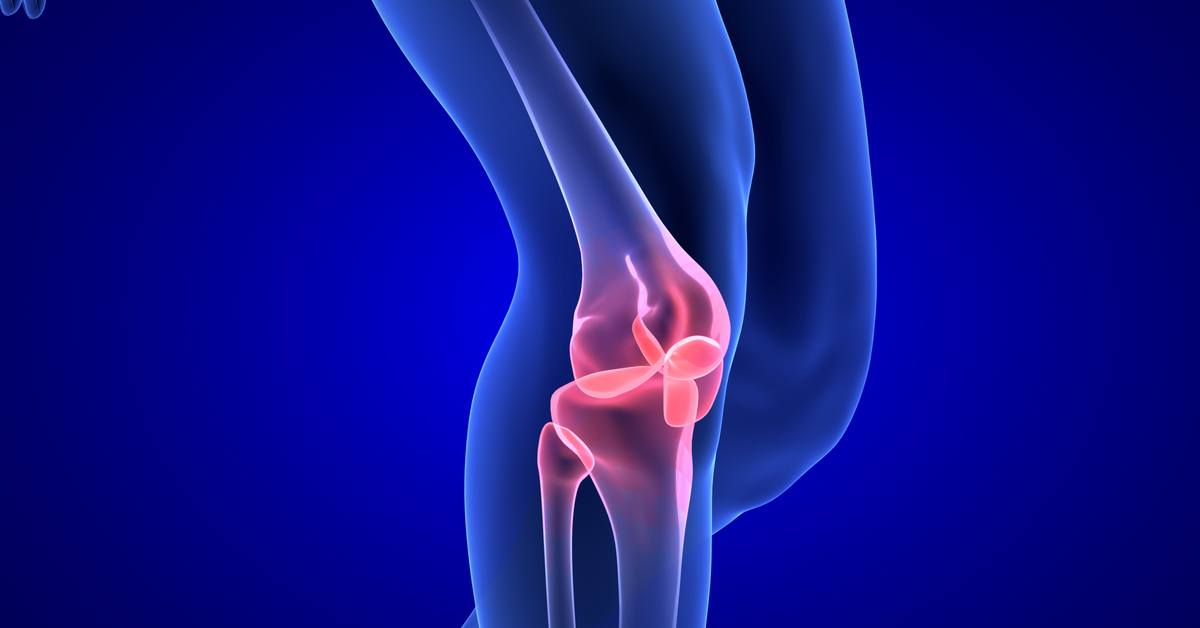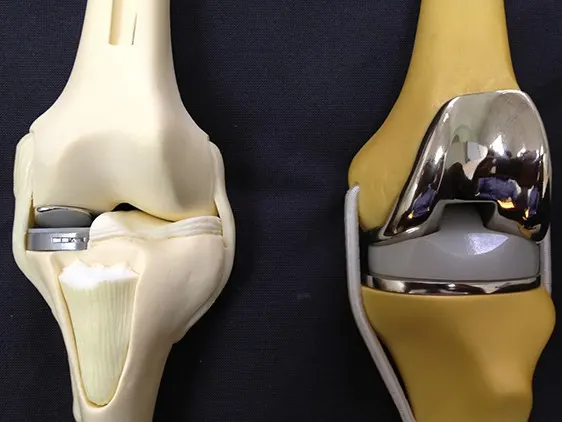Does sciatica affect walking?
Sciatica is one of the diseases of the nerves and leads to several reasons that allow for increased exposure to it, and here are some of these factors and ways to get rid of them in the following article.
Does sciatica affect walking?
Many factors increase the sciatica patient’s feeling of pain, including incorrect walking methods and excessive leg stress, which increases pressure on the sciatic nerve responsible for sciatica pain, which leads to severe pain and irritation in the nerve when sitting and moving.
There are wrong ways to walk that strain the foot, which increases sciatica pain, including:
- The presence of curvature in the lower back increases the patient’s feeling of sciatica.
- The presence of curvature or hunchback in the back may expose a person to sciatica pain.
- Walking completely straight puts some pressure on the lower back and thigh and results in sciatica pain.
Correct ways of walking useful for sciatica
Walking properly works to relieve sciatica pain and does not increase it and also helps to reduce the pressure on the muscles, and the correct way of walking is as follows:
- The person can try to walk with a straight shoulder and head held high.
- Walking should not be fast or jogging, as walking in moderation is better and more comfortable for a sciatica patient.
- The person with sciatica should try to focus more on breathing and walking at a steady pace.
The way a sciatica patient sits
One of the reasons that lead to sciatica pain caused by inflammation and swelling of the sciatic nerve is sitting incorrectly or doing sitting positions that cause pressure on the nerves of the spinal cord, especially in the lower part of the back, and it may lead to a person feeling numb in the leg and thigh.
Correct ways to sit a sciatica patient
Correct sitting, along with some other factors, helps increase a person’s ability to resist disease and relieves pressure on nerves and muscles, which treats sciatica, and correct sitting positions include the following:
- The person should not remain seated for a long time, moving between standing and sitting relaxes the nerve and relieves the tension in the muscles.
- Make sure to choose comfortable chairs or stools when sitting to maintain the natural position of the back.
- The person needs to make sure that the thighs and knees are at the same level.
Does cold affect sciatica?
There is a strong relationship between sciatica and cold during winter. Doctors explained that periods of cold and low temperature affect the human body and cause muscles to spasm and tighten, causing pressure on the vertebrae and discs between them, causing severe pain that results in inflammation of the sciatic nerve and sciatica.
In addition, the common cold causes a weakening of the person’s immunity, which makes his body more vulnerable to infection and does not work fully in the face of the disease, which allows infections to affect the cartilage and vertebrae of the back and result in sciatica.
Ways to protect the body from the cold affecting sciatica
- Interest in increasing the body’s immunity by eating a healthy diet.
- Low-intensity exercise removes muscle spasms, strengthens them, and protects the person from pressure on the vertebrae.
- Use some painkillers or muscle relaxants and anti-inflammatory drugs if you feel sciatica pain.





